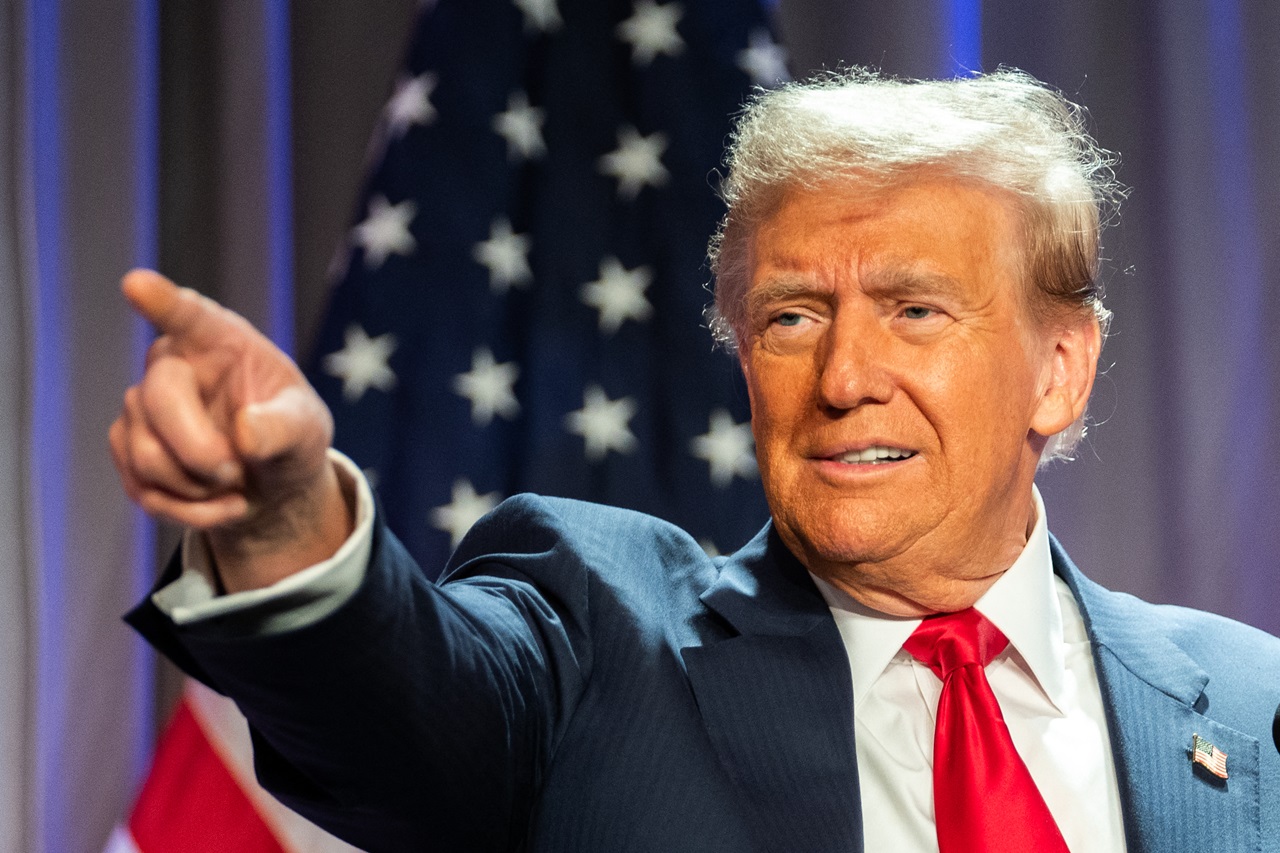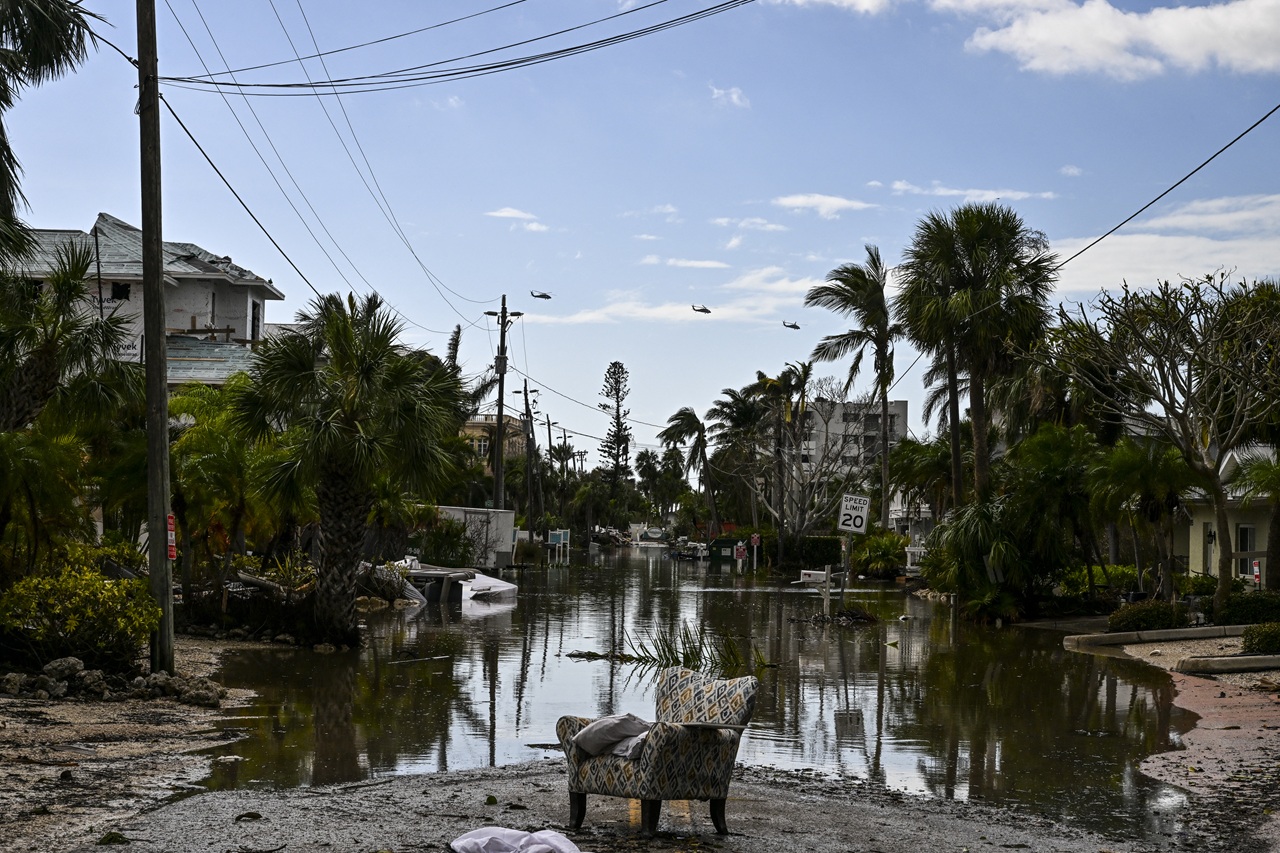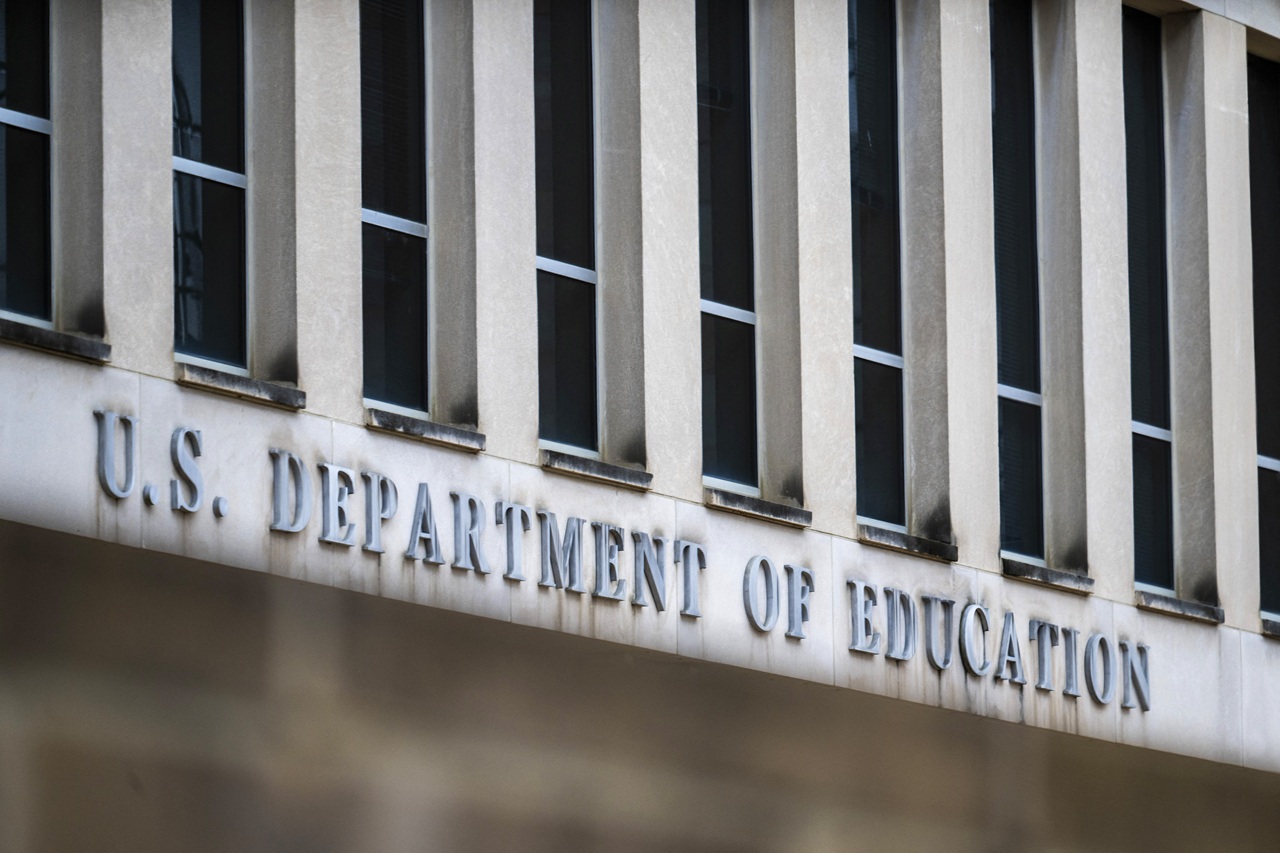
Secretary of State Mike Pompeo attends swearing in of Dominican President Luis Abinader
Abinader became the Dominican Republic’s 54th president in a ceremony attended by top U.S. diplomat Mike Pompeo.
On July 5, businessman Luis Abinader won a historic election that saw him bring an end to the Democratic Liberation Party’s 16-year hold on power in the Dominican Republic.
The election was supposed to be held in May but was moved because of the ongoing pandemic.
The 53-year old had never held political office before, but did unsuccessfully run for president in 2016, receiving 35% of the vote.
He was also on the losing ticket in 2012 as former president Hipólito Mejía’s running mate.
In both elections, Abinader lost to Danilo Medina and they would have had to face each other again if the outgoing president had been successful in gaining support for a constitutional amendment allowing him to seek a third term.
According to a Gallup poll, 68% of Domincans disapproved of Medina chasing a third term.
U.S. Secretary of State Mike Pompeo called President Medina last summer to voice his opposition for the potential constitutional reform.
“The two discussed the importance of all political actors in the Dominican Republic preserving democratic institutions, and adherence to rule of law and the constitution, particularly in the lead-up to the 2020 elections in the Dominican Republic,” a spokesperson for the top diplomat wrote.
Abinader was able to beat the DLP candidate in 2020 because of the country’s handling of COVID-19 and running against systemic corruption.
Many high-ranking government figures were caught up in the Odebrecht scandal in which a Brazilian construction conglomerate bribed several politicians across Latin America to obtain lucrative contracts.
It is reported that the Domincan Republic received the second-highest share of bribes at over $92 million.
Medina made it clear last week that he would not be present to see Abinader sworn in or even hear his inaugural address.
He left the ceremony after giving the president of the Domincan Senate, Eduardo Estrella, the presidential sash he had worn for his eight years in office.
“We've done our duty. We have handed over the symbols of the executive power to the one who is now in charge,” Medina said after leaving.
He was sworn in as the county’s new leader on Sunday Aug. 16, 2020. Abinader and other members of the Dominican government were wearing white suits, which is a tradition across several Carribean countries for this type of ceremony.
"Juro ante Dios y ante el pueblo, por la patria y por mi honor, cumplir y hacer cumplir la Constitución y las leyes de la República, proteger y defender su independencia, respetar los derechos y libertades de los ciudadanos y cumplir fielmente los deberes de mi cargo". pic.twitter.com/jMFy20DtyH
— Luis Abinader (@luisabinader) August 16, 2020
In his acceptance speech, he promised to bring an end to systemic corruption and deliver on universal health care for the country.
All who were present for the event were required to wear a mask, Pompeo attended with an American flag-themed mask.
RELATED CONTENT
The top American diplomat met with President Abinader following the celebrations to discuss the regional security and economic growth.
Glad to meet with Dominican President @LuisAbinader on the heels of his inauguration celebration. The U.S. and Dominican Republic are strong partners and we look forward to working closely together toward greater regional security and economic prosperity for our nations. pic.twitter.com/XLrfLezJe2
— Secretary Pompeo (@SecPompeo) August 16, 2020
The meeting came two days after the Domincan Republic was the sole nation of a 15-member United Nations security council to support a U.S. resolution that would expand the arms embargo against Iran indefinitely.
Turkish Foreign Minister Mevlut Cavusoglu was also present and he took the time to meet with Pompeo to briefly talk about mutual concerns relating to rising tensions in the Eastern Mediterranean.
Congressman from New York’s 13th congressional district, Adriano Espaillat, was another one of the esteemed guests at the inauguration. He played an important role in the Dominican Republic, allowing its citizens in the U.S. and overseas to participate in the 2020 elections.
Over half a million Dominicans abroad are registered to vote. The country has a population of nearly 11 million.
Abinader will now inherit the problems of the previous administration.
Prior to the novel coronavirus, the country saw tremendous economic growth, but tourism made up a large part of their gross domestic product and that sector has been decimated by the pandemic.
Remittances have slowed down as Domicans in the U.S. are suffering from the effects of the pandemic.
The World Bank reported that between 2014 and 2018, the country averaged an annual economic growth rate of 6.3%. In that timeframe, it was also the fastest rate in the Latin American and Caribbean region.
Economists have speculated that it could take until 2023, three years into Abinader’s presidency, for the Dominican Republic to become that strong of an economy again.











LEAVE A COMMENT: